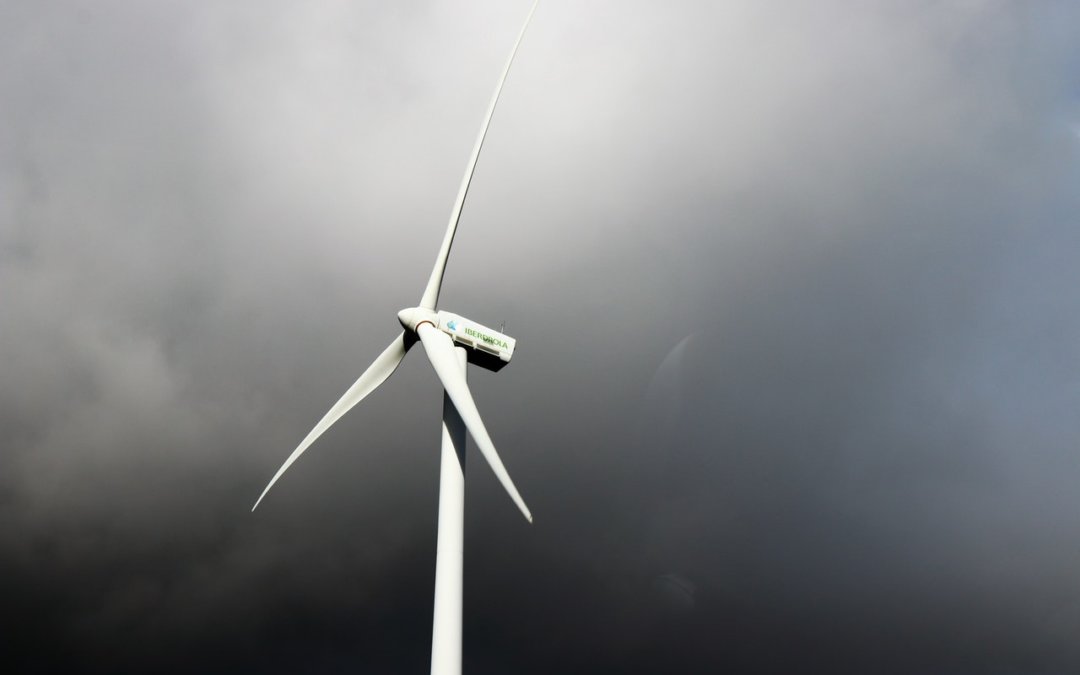Offshore-wind turbines generate more energy per cycle than do inland windmills.
Though set far “offshore” in most cases, the aquatic-wind turbine is also installed into shallow waterways, ponds and lakes. Where some conditions call for greater amounts of electricity, which is over the spacious seas, other conditions only call for the assurance that physical land isn’t taken up by wind turbines.
Successful-wind projects just north of New York City, N.Y., have already shown the world how efficient wind turbines are when installed for routine-energy output though over a body of water. The oil and gas industries of the world are now looking at ways to operate their fossil-fuel operations alongside natural-wind sources.
Here are some reasons why it’s in the best interest of petrol and gas companies to develop wind-energy infrastructures:
– Hedging Losses—2020 is establishing a new trend for low, volatile prices within the gas and oil industries. Petroleum producers might be able to reduce their losses “per barrel” by getting a stronger hold on the growing-wind industry.
– Diversifying Investments—Investors around the globe want more stability within their energy investments. Offshore-wind energy results in a more-stable-price market than does its gas- and oil-energy counterparts.
– Providing Clean-Energy Solutions—The energy industries are looking at the promise of steady profits as federal and national governments start to use wind turbines and then become reliant on them.
The Common “Risks” of Wind Turbines
Since the cost of installing offshore-wind energy reaches two-to-three times more than that of land turbines, the initial costs in offshore-wind energy has discouraged some companies. Energy producers have to consider the stronger-energy flows of offshore wind. The thrusts of ocean air outperforms what land-based turbines can collect over ground.
You might also find the following risks in installing offshore windmills:
– Unavailable Contracts—At first, oil and gas companies might not find sources who want to use their wind energy.
– Natural Disasters—Wind turbines must be turned off until water levels recede should wind turbines drown in water.– Hungry-Enough Investors—There might not be enough outside investors to help energy companies make a full transition into wind power right now.

